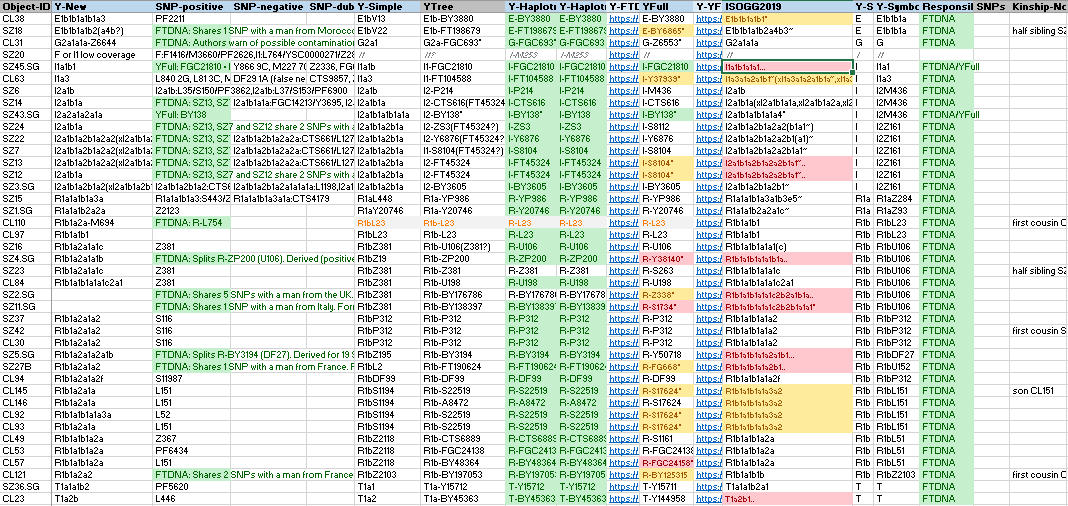The Family Tree DNA R&D team formed by Göran Runfeldt and Michael Sager has reported detailed Y-SNPs of sampled Longobards from the open access paper Understanding 6th-century barbarian social organization and migration through paleogenomics, by Amorim et al. Nat. Commun. (2020). From the abstract:
We obtained ancient genomic DNA from 63 samples from two cemeteries (from Hungary and Northern Italy) that have been previously associated with the Longobards, a barbarian people that ruled large parts of Italy for over 200 years after invading from Pannonia in 568 CE. Our dense cemetery-based sampling revealed that each cemetery was primarily organized around one large pedigree, suggesting that biological relationships played an important role in these early medieval societies. Moreover, we identified genetic structure in each cemetery involving at least two groups with different ancestry that were very distinct in terms of their funerary customs.
The images below have been modified from the originals to include information about Y-DNA and other relevant archaeological and isotopic details. Newly reported Y-SNPs have been used to update the Ancient DNA Dataset and the Web Map. Some relevant excerpts are copied to further illustrate the post (emphasis mine). For more details, refer to the paper and supplementary materials (content originally under CC-BY):
Collegno
When considering the genomic ancestry groups together with the isotopic evidence, we find that the four individuals with >70% TSI ancestry are likely local to Collegno (with uncertainty surrounding CL25). The two men with >50% ‘Iberian + southern’ ancestry clearly did not grow up locally, while two of the adults with 50-70% ‘northern’ admixture (CL102 and 49) are probably not local. The strontium isotope values of the individuals with a contribution of >50% ‘northern’ ancestry have a greater range than those of the individuals with a greater contribution of ‘southern’ ancestry, suggesting generally higher levels of mobility. The rest are genetically undetermined, but of these, several did not grow up locally. Excluding the subadults, about 28% of the sampled population can be considered not to have grown up near Collegno.
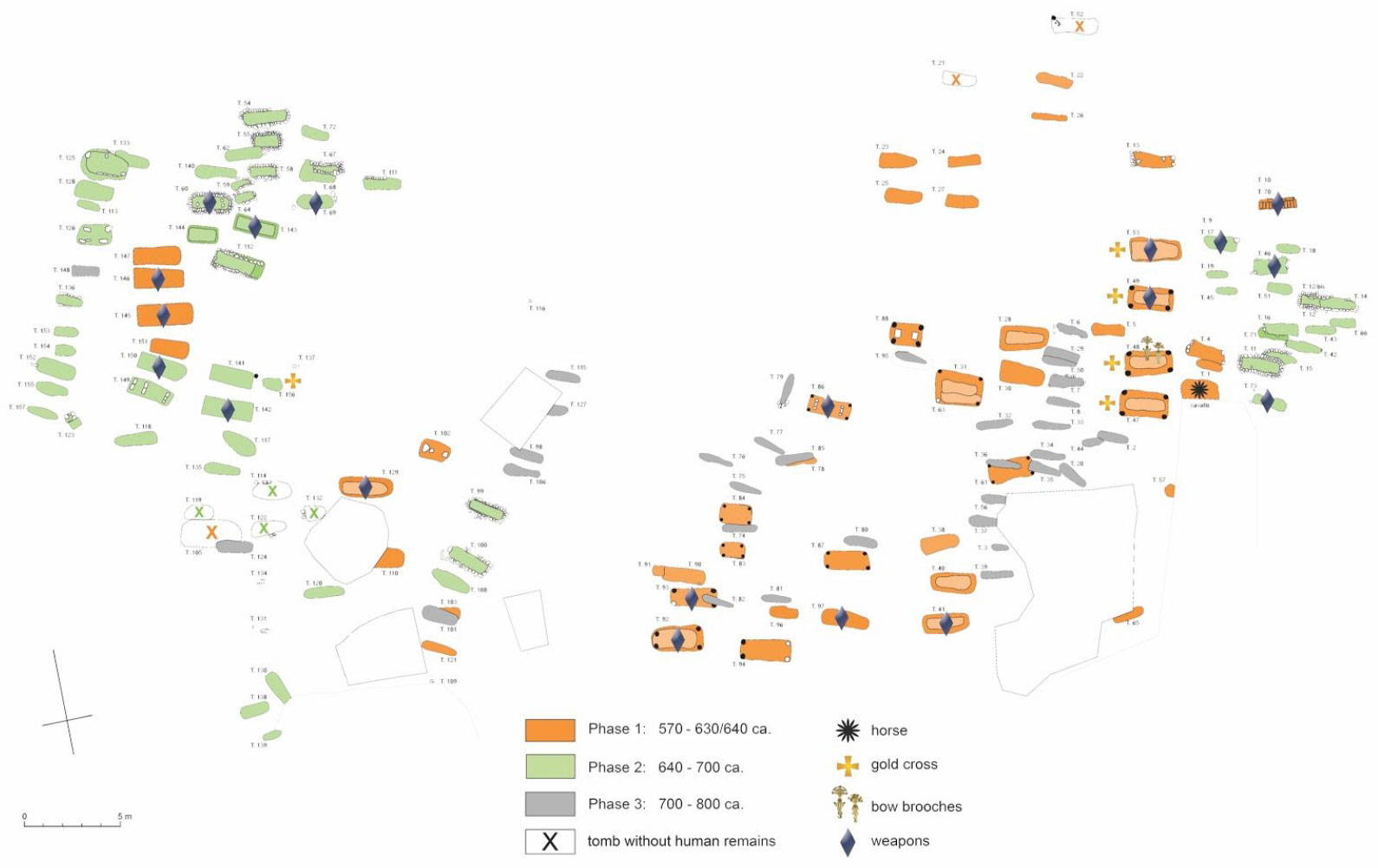

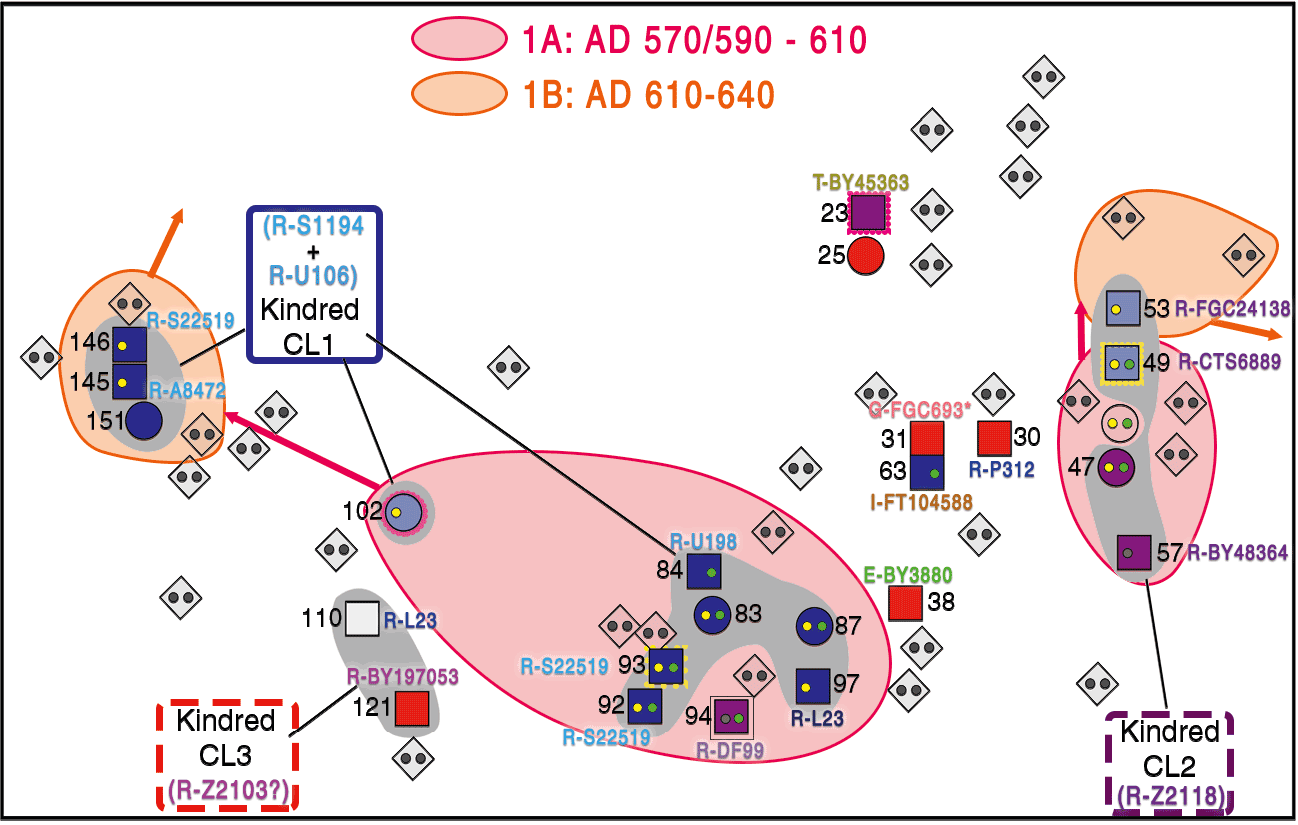
Considering kinship relationships at Collegno (Fig. 3C, Supplementary Figure 100), the woman in grave CL102 who is of the first known generation of Kindred CL2 has a low 87Sr/86Sr value, making it likely that she did not grow up locally. Her daughter, in grave CL87, also has a low strontium isotope value, though not quite as low as her mother’s, also making her a potential migrant. She may have grown up elsewhere, or perhaps she moved with her mother while her permanent teeth were still forming. Similarly, the man in grave CL93 may not have grown up in Collegno, but his son in grave CL92 apparently never moved. In Kindred CL2 the man in grave CL49, of the first known generation, also had a likely non-local 87Sr/86Sr value, making him a migrant to Collegno. His son, daughter and nephew however (CL53, CL47 and CL57) had local strontium isotope values, suggesting that they spent their entire lives close to Collegno. This means that the woman in grave CL102 and the man in grave CL49 were first-generation migrants to Collegno, while all individuals who were in the third generation in either kin group were likely born locally.
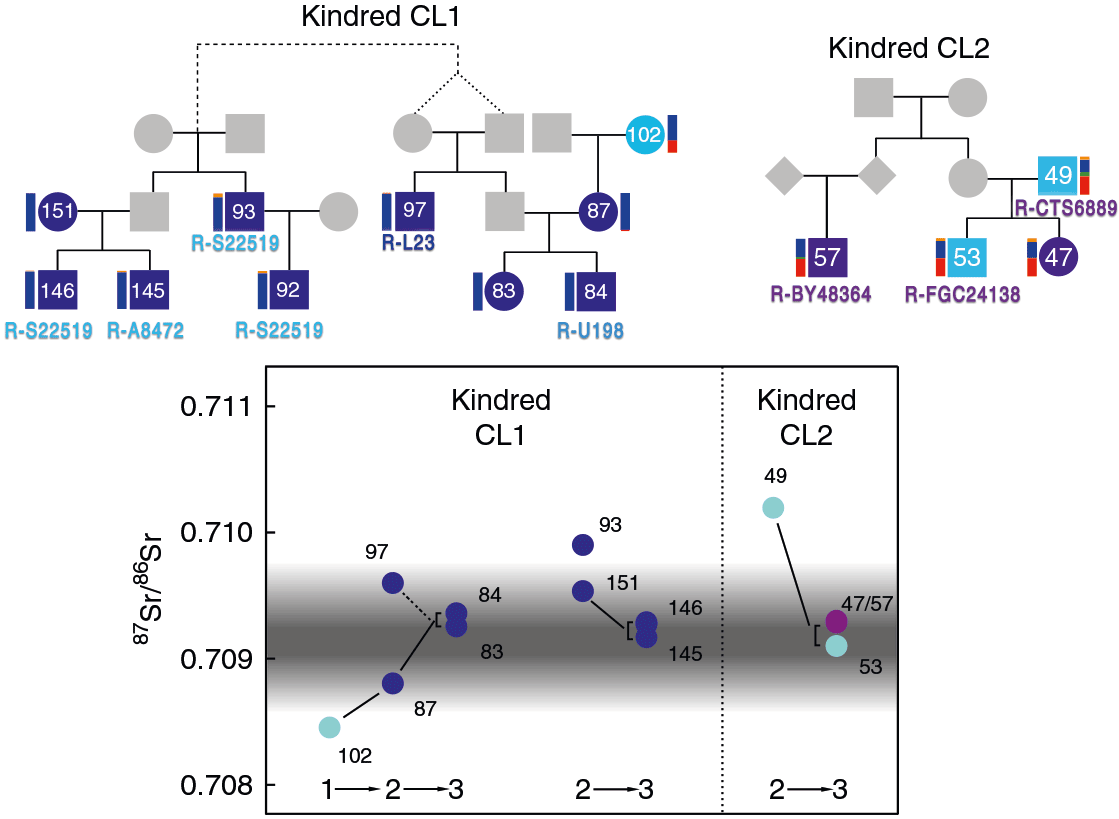
Szólád
A comparison of ancestry groups with the evidence of mobility at Szólád, as previously published in Alt et al. PLoS One (2014), shows much greater heterogeneity than at Collegno. Like at Collegno, most children display local isotopic values. However, at Szólád there is a distinct cluster of children with >70% ‘northern’ ancestry who clearly all grew up together (identified as Range II in 55 ), whereas the two children with >70% ‘southern’ ancestry (SZ36 and 40) grew up in a different location from them (in Range I). The adults are highly variable. Individuals with >70% ‘northern’ ancestry have a greater range of strontium isotope values than those with >70% ‘southern’ ancestry. The latter group may have been local to the Balaton environs, based on bioavailable reference data from the region, but their strontium isotope values do not overlap with the tight cluster of children in ‘range II’.
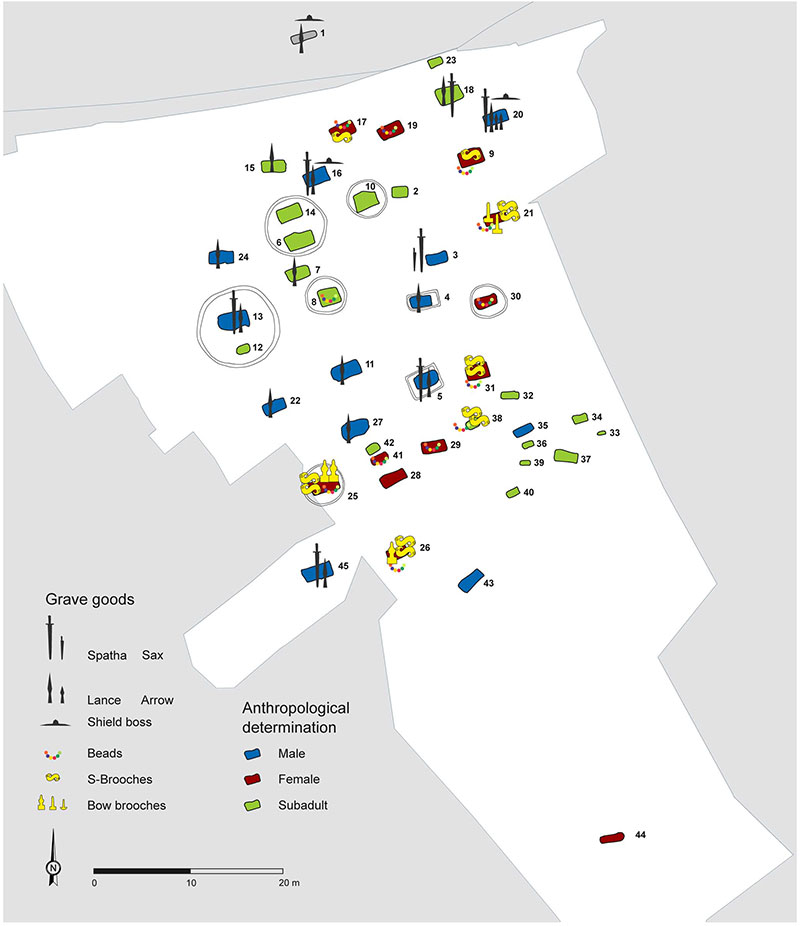

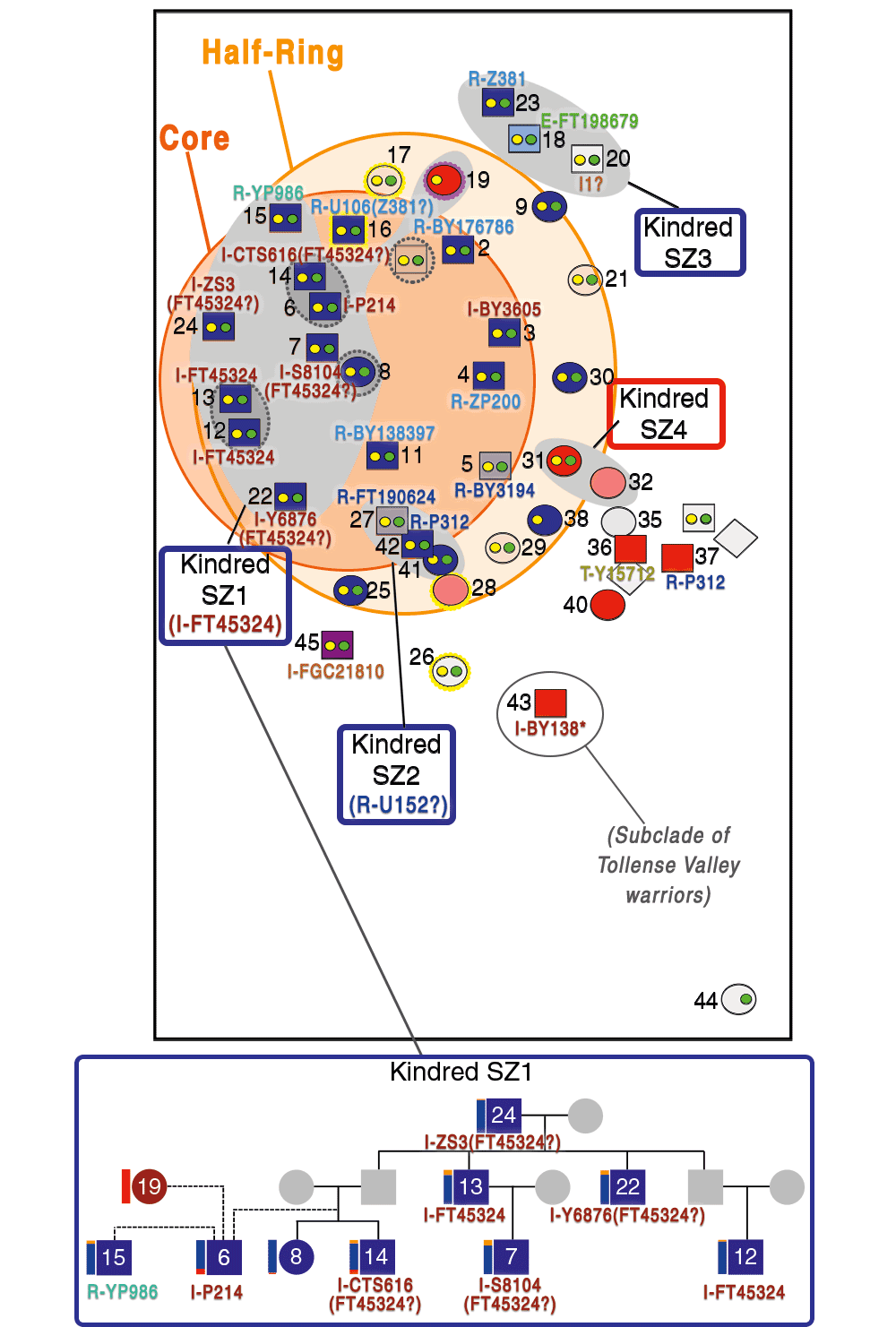
At Szólád an evaluation of mobility across generations is more difficult, since not enough isotope data are available for the complex pedigree of Kindred SZ1. However, a comparison of individuals from the second and the third generation shows that all adults were highly mobile (SZ13, SZ22 and ZZ14) and only the children can be linked to Szólád. This suggests a kin group moving together and only settling in Szólád when the children SZ6 and SZ8 were born (but presumably before the birth of SZ14).
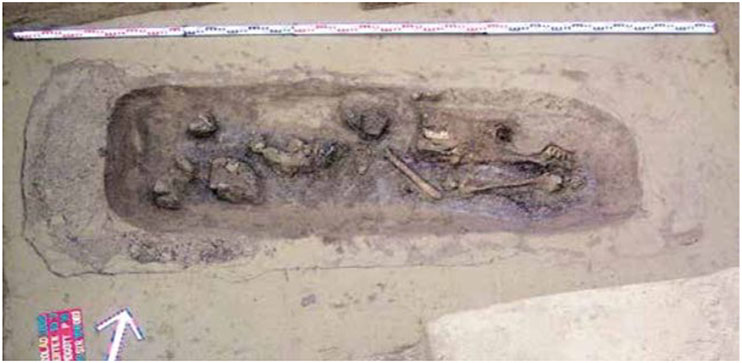
The Y-DNA of the main family from Szólád (with SZ13 as the pater familias) shows hg. I-FT45324. Their Y-chromosome haplogroup under I2-L801 connects them indirectly to the recently published Y-SNPs of Vikings (including an early Iron Age individual from Jutland) and other Germanic peoples, as well as to the Globular Amphorae culture and probably other Final Neolithic cultures from Northern Europe.
Nevertheless, the sample of hg. I2-BY138* is the closest direct connection we have to Bronze Age Northern Europe, since part of those who died in Tollense belonged to a basal I2-Z2054* subclade. Based on their TMRCA, this likely Pre-Proto-Germanic-speaking population didn’t spread much earlier than that. For more on this, see the post and discussion on Tollense Valley warriors.
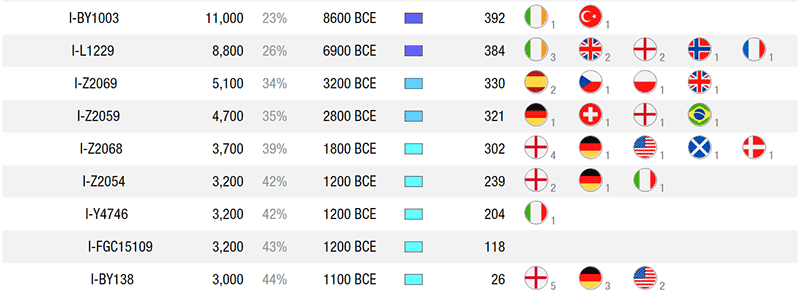
All in all, it is still very difficult to connect Longobards directly to Scandinavia, lacking an appropriate intermediate Bronze Age and Iron Age sampling from Northern Europe, but the immediate (assumed) original archaeological horizon seems quite close to the genetic one:
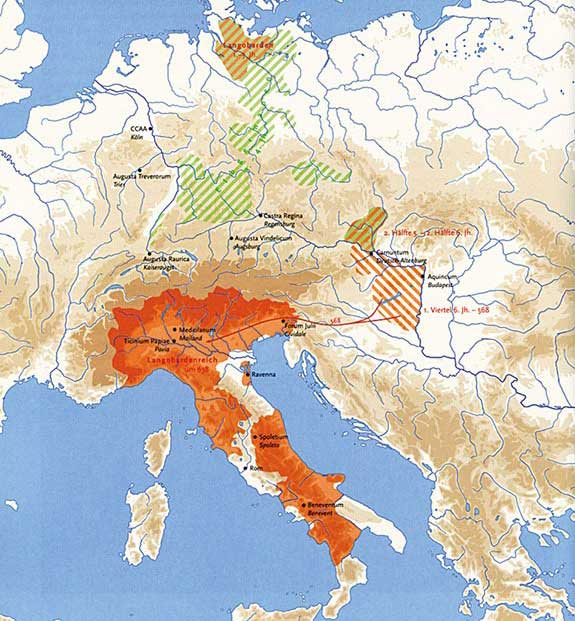
Avar and Árpád Dynasty R1a-Z2123
A very interesting sample from the same paper is SZ1.SG. First believed to be part of the Longobard necropolis, then considered by the authors of the paper to be a Bronze Age individual, and now classified in the Reich Lab dataset as an Avar (ca. AD 600-800). Its ancestry is of little help, although it clusters exactly where Iron Age (Scythian, Hunnic) or Early Medieval (Avar, Turkic, Mongolic) nomads from Central-East Asia would, after admixture with locals closer to Europe.
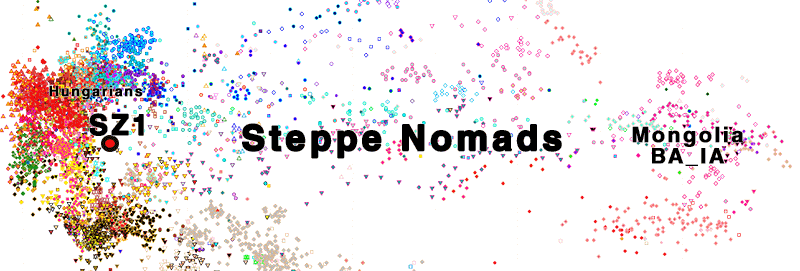
The newly reported subclade of SZ1.SG by FTDNA is a primary split of R1a-Z2123 – R-Y20746 (FTDNA / YFull) – which connects this individual with the lineage of the Árpád Dynasty reported in Nágy et al. (2020). It already made sense that the Árpád hg. R1a-SUR51 (FTDNA / YFull) had a strong association with Turkic-speaking Bashkirs and Tatars, following the pattern of N1a-Y13850 – the subclade recently found in a Kushnarenkovo site, coincident also with some sampled Hungarian Conquerors.
Nevertheless, the assessment of modern descendants of hg. R1a-Z2123 in the paper suggested an ancestral origin in Central Asia close to Afghanistan, and there was already a “central nomad” sample from Kyzylasker in the northern Tian Shan (ca. 425 BC), so it could mean that the lineage spread with (Indo-Iranian-speaking) Srubnaya-Andronovo-related populations that had remained around the Kazakh Steppes, close to the Sintashta-Potapovka core areas.

Despite these findings, it was much more likely – as I recently commented – that many of these R1a-Z2123 subclades (or early R1a-Z93 lineages) that will be found among Hungarian Conquerors or earlier “Micro-Altaic”-speaking groups had originally spread through the forest-steppes with the Ugro-Samoyedic-speaking Andronovo-like horizon, with some patrilineages becoming later part of expanding Altaic- or Iranic-speaking communities.
There are no precise Y-SNP calls for other R1a-Z2124 samples among Huns, Avars, and Hungarian Conquerors reported in Neparáczki et al. Sci. Rep. (2019), but it can be assumed that certain subclades were present in significant numbers among them. This means that some of them probably had a complementary distribution with N1a-L1026 between the Altai and the Eastern Steppe, since Avars show N1a-F4205 (under N1a-Y16323, parent clade of “Baltic” N1a-VL29), whereas Bulghars and other Early Turkic-speaking peoples around the Urals will probably show N1a-Z1936.
The earliest Ugric connection
That was only an indirect guess, so I decided to test a few of those other reported R1a-Z2123 from the Andronovo-like cultural horizon – i.e., those simplistically classified as Andronovo in Narasimhan et al. (2020) but located on the forest-steppes and showing a different admixture – and found yet another R1a-Y20746(xYP4907) in a Zevakinskiy MLBA individual (ca. 1525 BC). The site is also close to the Altai, to the north-east of Kyzylasker, around the territory previously occupied by Afanasievo, where these Abashevo-related peoples are assumed to have taken over after the demise of the Okunevo culture and other groups connected to the Seima-Turbino horizon.

Taking into account the linguistic evolution of the Altai – with a melting pot of Yeniseic ~ Samoyedic ~ Tocharian layers – the Zevakinskiy and the Kyzylasker individuals are probably the closest link we have to date with an ancestral “Ugro-Samoyedic” subclade – excluding those R1a-Z280 lineages that were also part of Finno-Ugrians around the Urals. For more on this, see my recent discussion of Bronze and Iron age samples from Mongolia and the Altai.
It is unclear where Proto-Hungarian developed. Based on the guesstimated separation from a Proto-Ugric language (ca. 2000 BC or earlier) and their diverging history, it must have been initially close to Proto-Ob-Ugric around the Trans-Urals until it became isolated not much later, maybe to the south and/or east of its former area. Numerous layered loans from (Indo-)Iranic and later Oghur Turkic suggest that Proto-Hungarians remained always close to the steppes.
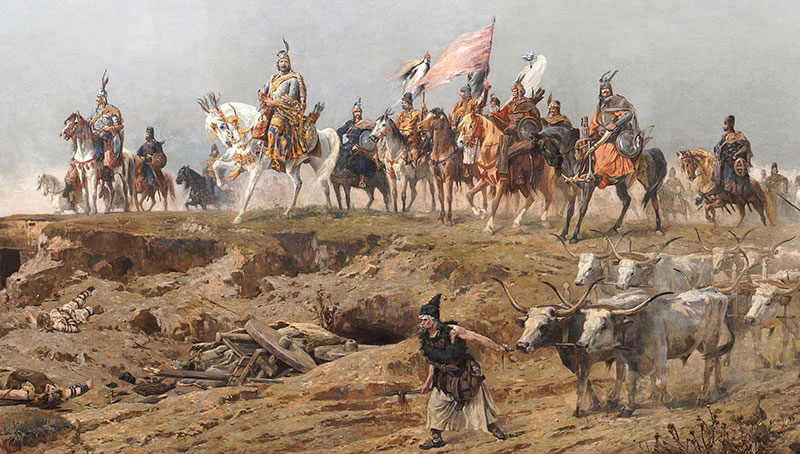
In short, the Árpád Dynasty’s haplogroup fulfills broad palaeolinguistic predictions as well as the traditional image of Hungarian Turanism: originally an “Ugric” lineage that was later present among Iranian- and Turkic-speaking nomads spreading from the East throughout the Eurasian steppes, appearing in different waves in Hungary, until these specific lines settled the region as Old Hungarian speakers.
NOTE. Also interesting for this question, a quite early N1a-TAT has been recently reported in Ning et al. (2020), which connects the initial expansion of this haplogroup – again – to the Lake Baikal and the Eastern Steppe, hence to the most likely origin of expansion of “Altaic” – or, at least, “Micro-Altaic” – languages. It is yet unclear Which N-L1026 lineages were already close to the Urals before the MBA and later expansions of nomads from the East.
Related
Germanic
- Vikings, Vikings, Vikings! Hordes of high quality ancient DNA
- “Local” Tollense Valley warriors linked to Germanic peoples
- Vikings, Vikings, Vikings! “eastern” ancestry in the whole Baltic Iron Age
- European hydrotoponymy (III): from Old European to Palaeo-Germanic and the Nordwestblock
- Bell Beaker/early Late Neolithic (NOT Corded Ware/Battle Axe) identified as forming the Pre-Germanic community in Scandinavia
- Reproductive success among ancient Icelanders stratified by ancestry
- Genomic analysis of Germanic tribes from Bavaria show North-Central European ancestry
- Germanic tribes during the Barbarian migrations show mainly R1b, also I lineages
- Minimal Corded Ware culture impact in Scandinavia – Bell Beakers the unifying maritime elite
Hungarian
- Xiongnu Y-DNA connects Huns & Avars to Scytho-Siberians
- N-Z1936 thrived around the Urals in the Middle Ages
- R1b-rich Proto-Indo-Europeans show genetic continuity in Asia
- More Hungarian Conquerors of hg. N1c-Z1936, and the expansion of ‘Altaic-Uralic’ N1c
- Ancient phylogeography: spread of haplogroups R1b, R1a and N
- Magyar tribes brought R1a-Z645, I2a-L621, and N1a-L392(xB197) lineages to the Carpathian Basin
- R1a-Z280 and R1a-Z93 shared by ancient Finno-Ugric populations; N1c-Tat expanded with Micro-Altaic
- The complex origin of Samoyedic-speaking populations
- Corded Ware—Uralic (IV): Hg R1a and N in Finno-Ugric and Samoyedic expansions
- Corded Ware—Uralic (III): “Siberian ancestry” and Ugric-Samoyedic expansions
- The traditional multilingualism of Siberian populations
